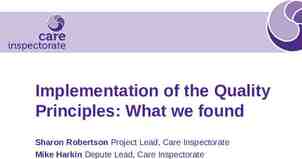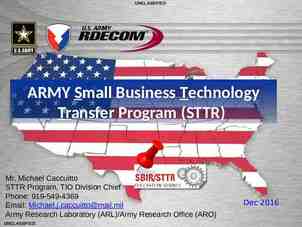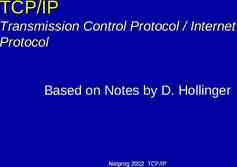Organizational Communication The Human Resource Approaches By
11 Slides731.50 KB

Organizational Communication The Human Resource Approaches By Christopher Ramirez

Building Blocks Classical approach-organizations are like machines. Parts of the organizations have specializations [doing a certain job], standardization [easily replaceable], and predictability [always the same outcome and makes it easy to find a problem] Pg. 4

Building Blocks Human relations approach-The human relations approach looks to satisfies the human needs of the workers. Classical Approach Human Relations Approach Human Resources Approach Pg. 27

Human Resource Approach Definition-The human resource approach “recognizes that individuals in organizations have feelings that must considered and also recognize that individual labor is an important ingredient for meeting organizational goals.” Pg. 47

Theories of Human Resource Approach Blake and Mouton’s Managerial Grid – A tool for training managers in leadership styles that would enhance organizational efficiency and effectiveness and stimulate the satisfaction and creativity of individual workers Pg. 52

Blake and Mouton’s Managerial Grid

Theories of Human Resource Approach Likert’s System IV – System I: Exploitive authoritative organization (control at top-level of organization) – System II: Benevolent authoritative organization – System III: Consultative organization – System IV: Participative organization (control at all levels) Pg. 53-54

Theories of Human Resource Approach Ouchi’s Theory Z

Ouchi’s Theory Z

Summary Building Blocks Human Resource Approach Black and Mouton’s Managerial Grid Likert’s System IV Ouchi’s Theory Z

Reference Miller, K. (2006). Chapter 3: Human Resource Approaches. Organizational Communication. Belmont, Thomas Wadsworth. Book Webpage Hyperlink






